Prolonged heavy rains from the impact of storm No. 3 have caused severe damage to agricultural production. According to statistics from the functional sector, the whole province has more than 8,200 hectares of crops affected, of which, the damaged rice area is over 3,100 hectares, vegetables are over 2,600 hectares, annual crops are over 2,400 hectares, perennial trees and fruit trees are also widely affected.
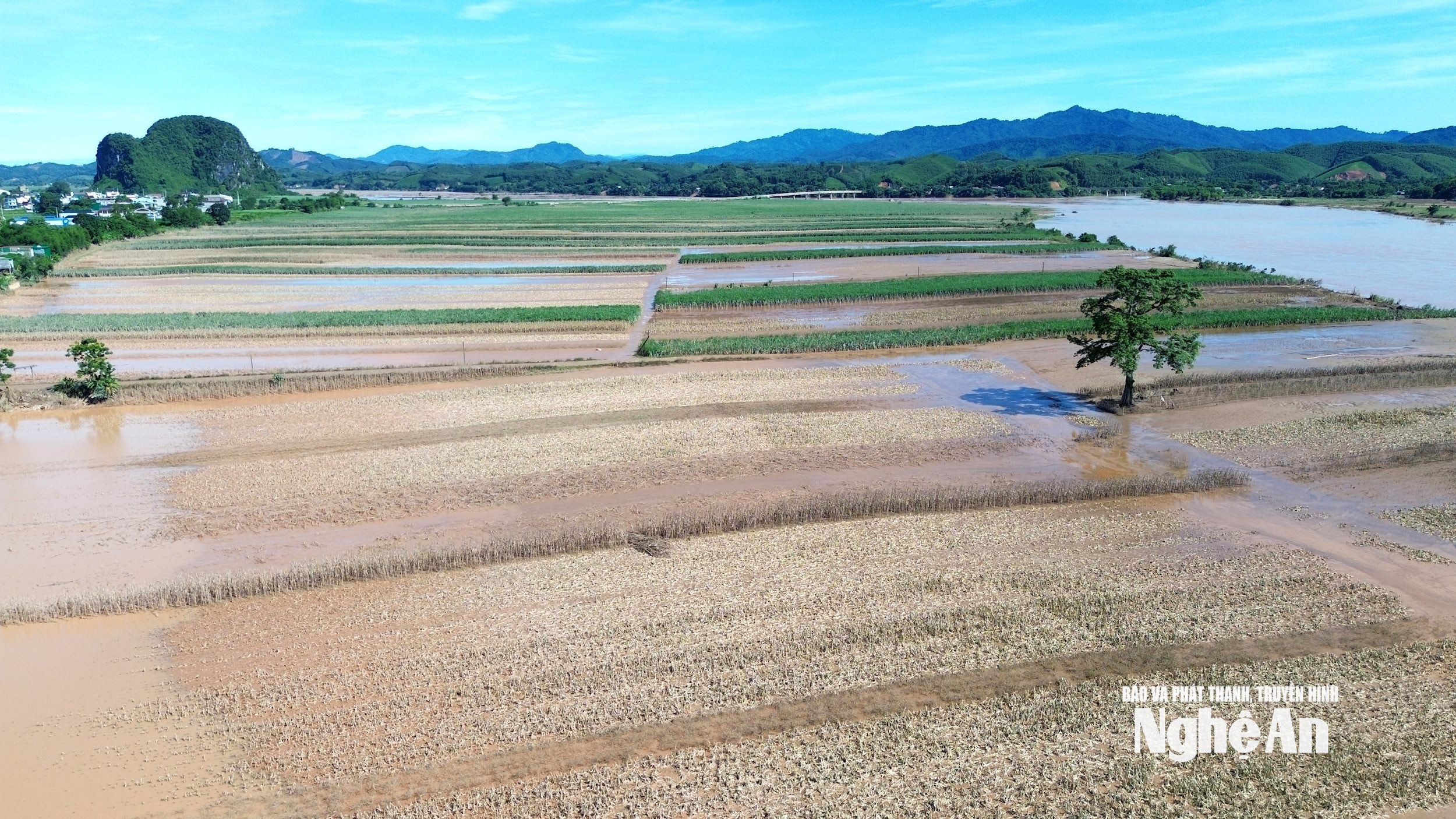
Faced with that situation, the Department of Agriculture and Environment of Nghe An issued Document No. 5944 to provide urgent guidance, directing localities to restore production in the spirit of "wherever the water recedes, save the trees there".
Specifically, immediately after the flood, localities are required to mobilize all forces and means to drain water, dredge canals, clear water flows, and prevent water from stagnating and causing further damage to crops.
For rice fields in the growing stage, timely drainage should be carried out. When the water recedes, if the rice leaves have floated to the surface of the field and turned green, it is necessary to immediately spray biological products and micronutrients such as calcium, silicon, zinc, etc. to help the plants recover. Fields that have been fertilized before the rain should be fertilized to increase growth potential, while fields that have not been fertilized should promptly complete the recommended amount of fertilization.
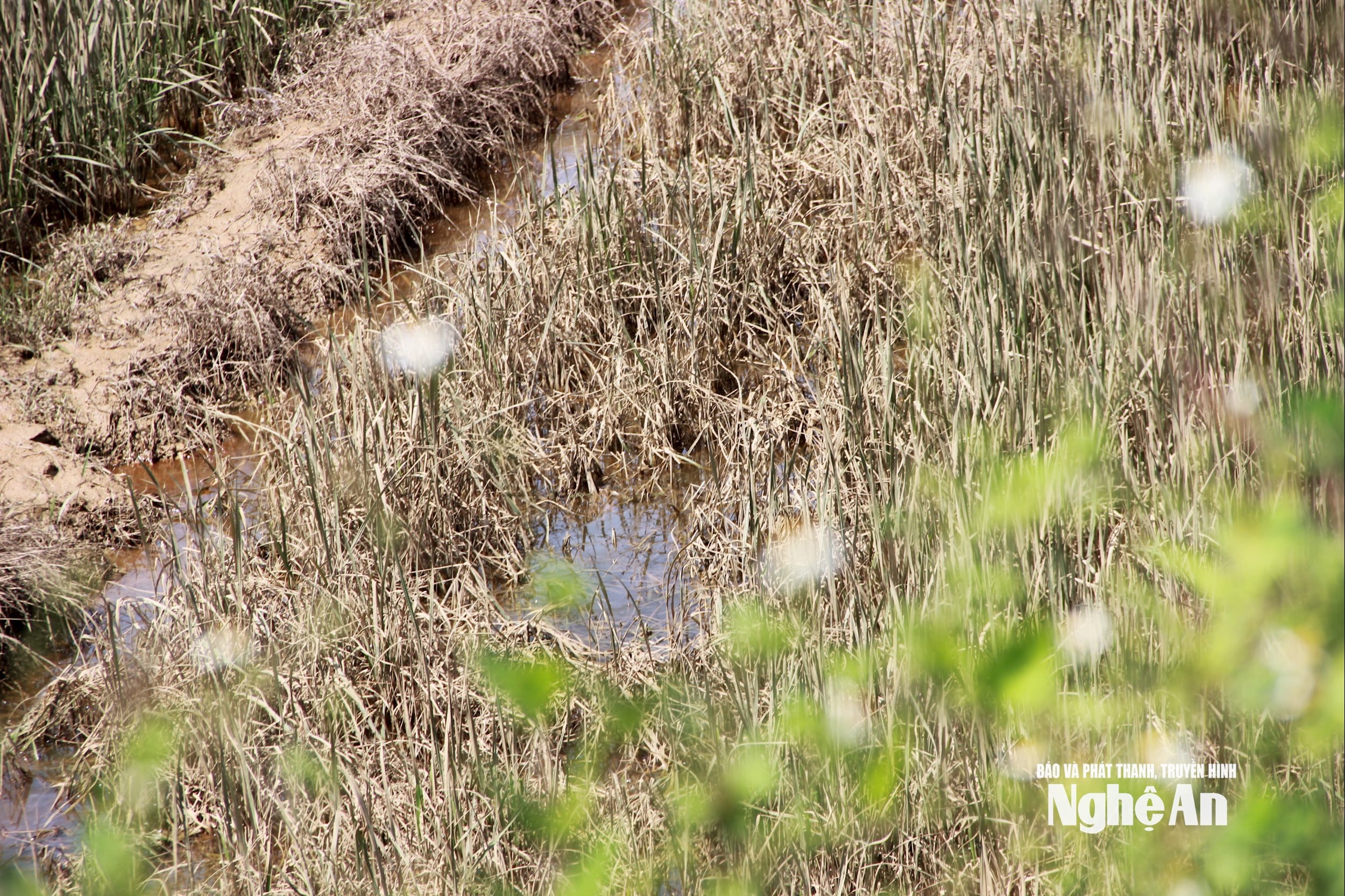
For rice areas that are severely damaged and cannot be restored, the Department of Agriculture provides guidance on changing crop structures to suit weather conditions, and rearranging the winter crop with moisture-loving crops to ensure yield and income for people.
Vegetables and annual crops are also seriously affected. The authorities require localities to urgently harvest fields that are close to harvest time, and at the same time, collect products in deeply flooded areas. For areas that can still recover, it is necessary to hoe, hill up, prevent root suffocation and spray fungicides, especially those that cause root rot. When the weather is favorable, it is necessary to supplement nutrients for plants to recover quickly. Areas that have been completely lost need to be prepared early and the fields cleaned to replant short-term vegetables.
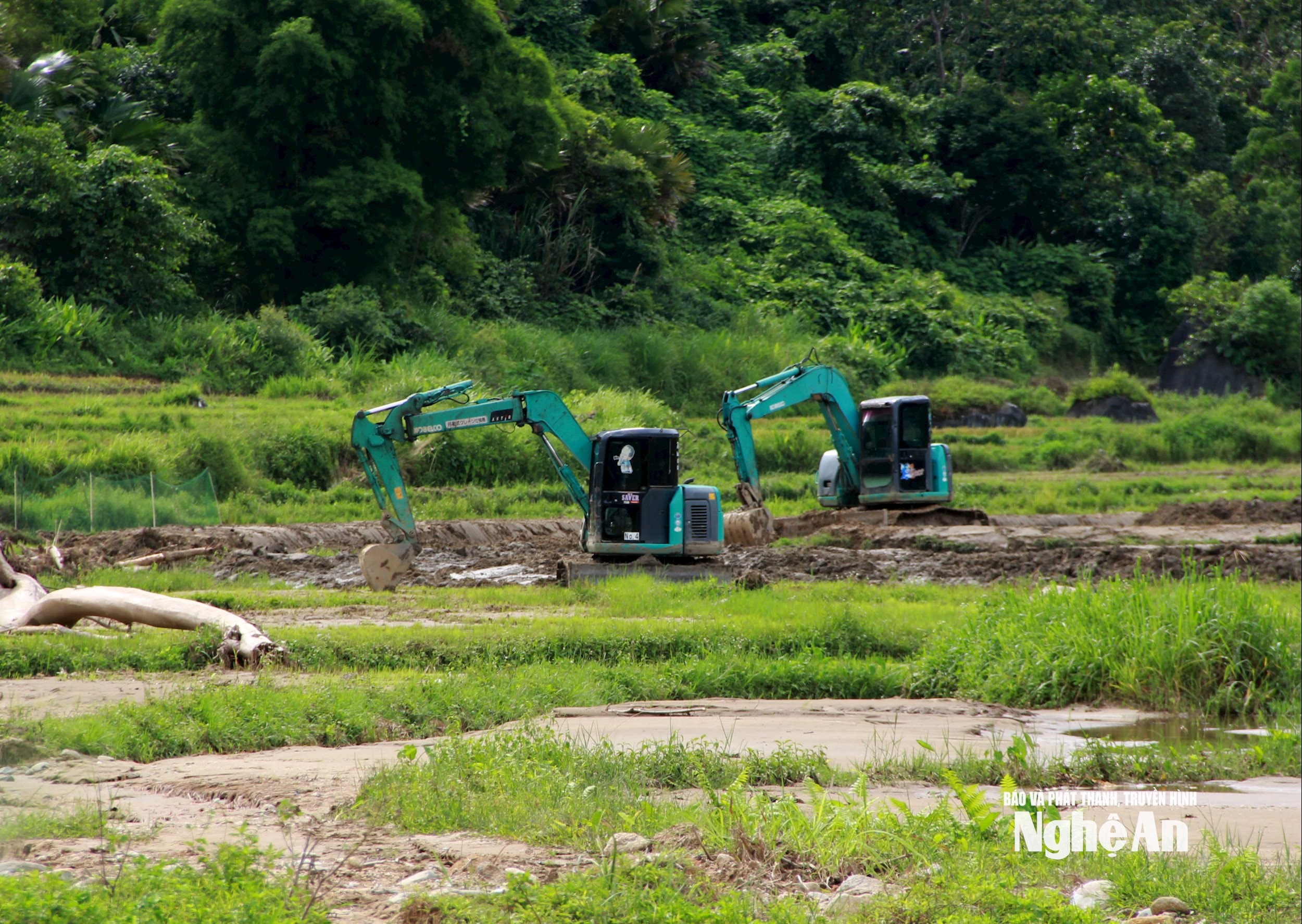
For industrial crops and perennial fruit trees, the important solution is to quickly drain the garden. Localities are required to dig trenches 30-40 cm deep to lower the groundwater level, avoid physiological waterlogging and root rot. At the same time, plant residues must be cleared, lime must be sprinkled to treat the soil, and antagonistic fungi must be sprayed to prevent disease.
For citrus fruit trees, the treatment of fallen and rotten fruit must be carried out early to avoid the spread of fungal diseases. Fallen trees need to be re-erected, supported, the foliage cleaned and cared for with micronutrients. Broken or washed away trees need to be replanted promptly.
Along with technical measures, the Department of Agriculture and Environment requires staff to closely monitor the fields, review and fully count the damage by crop group to develop specific recovery plans for each locality. Inspection of agricultural materials has also been strengthened to detect and strictly handle counterfeit and poor quality goods. Areas with favorable conditions are directed to develop early winter crop production plans, considering this as the main crop to compensate for damage caused by floods.
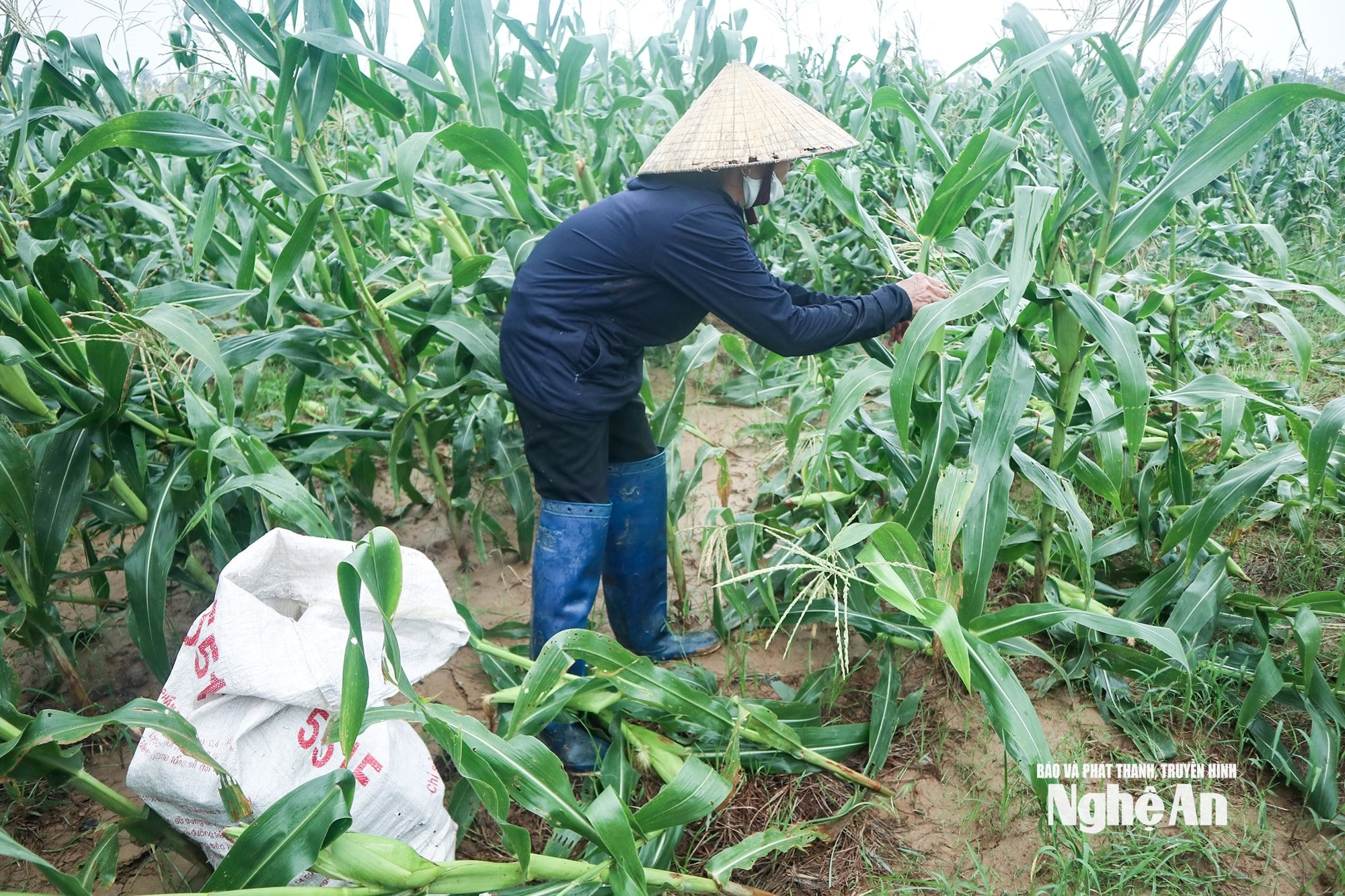
Speaking to reporters, Ms. Vo Thi Nhung - Deputy Director of the Department of Agriculture and Environment of Nghe An province said: "Faced with the huge damage caused by natural disasters, the agricultural sector has determined that the most important task at this time is to quickly restore production efficiency and stabilize farmers' livelihoods. We have directed localities to fully implement the technical recovery steps according to the instructions, at the same time, flexibly convert crops suitable to actual conditions to ensure income for people and balance agricultural products on the market"./.
Source: https://baonghean.vn/nghe-an-tap-trung-cac-giai-phap-khoi-phuc-san-xuat-nong-nghiep-sau-mua-lu-10303599.html




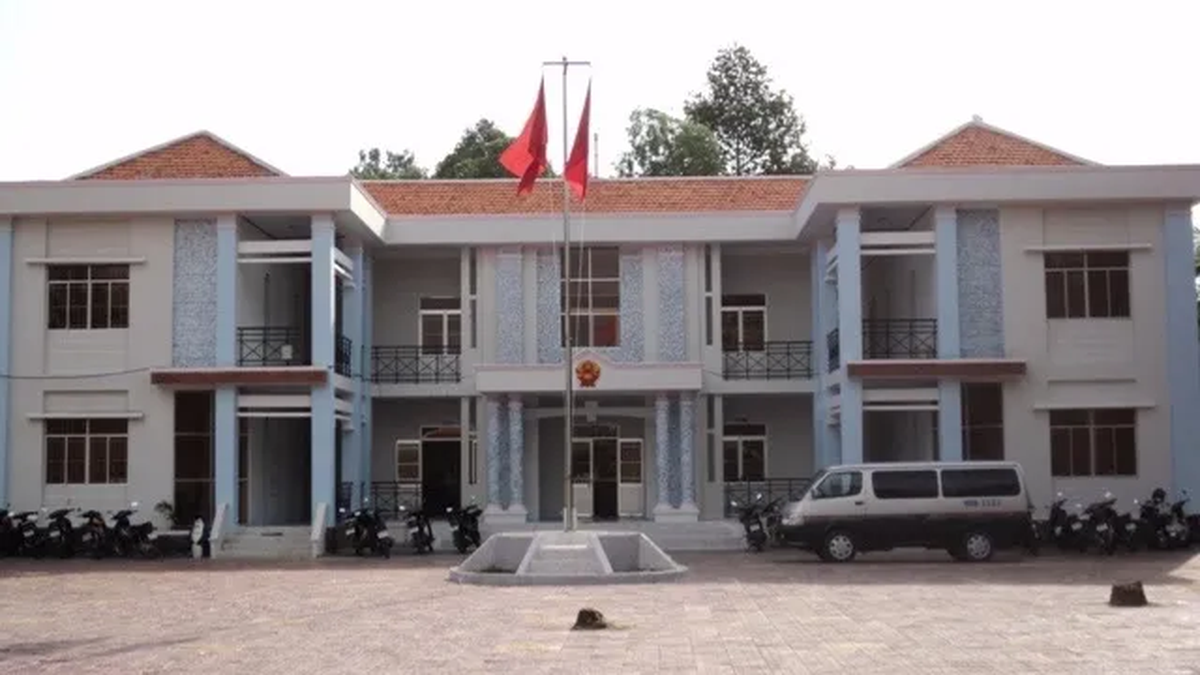



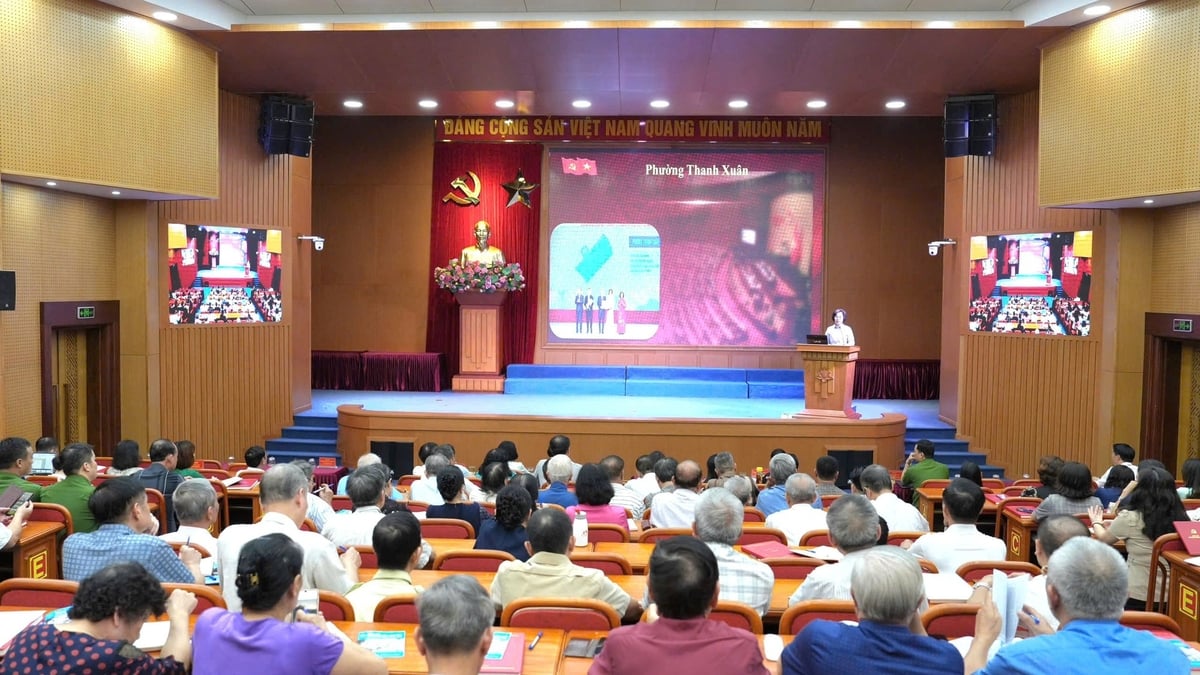
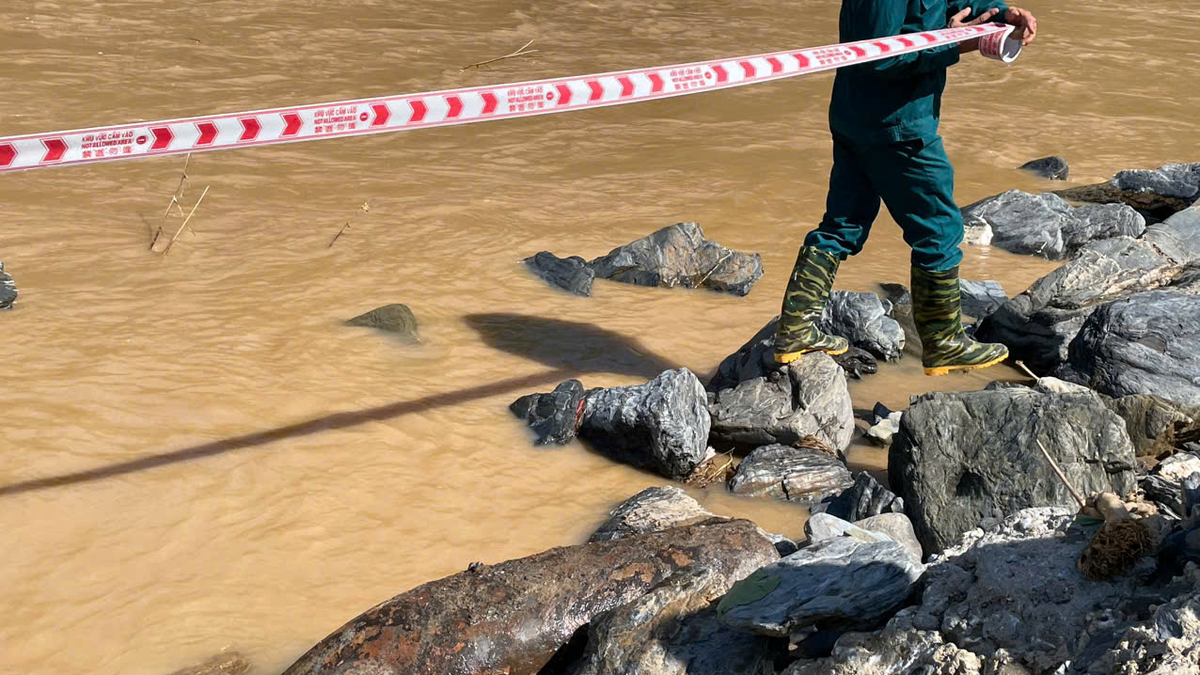

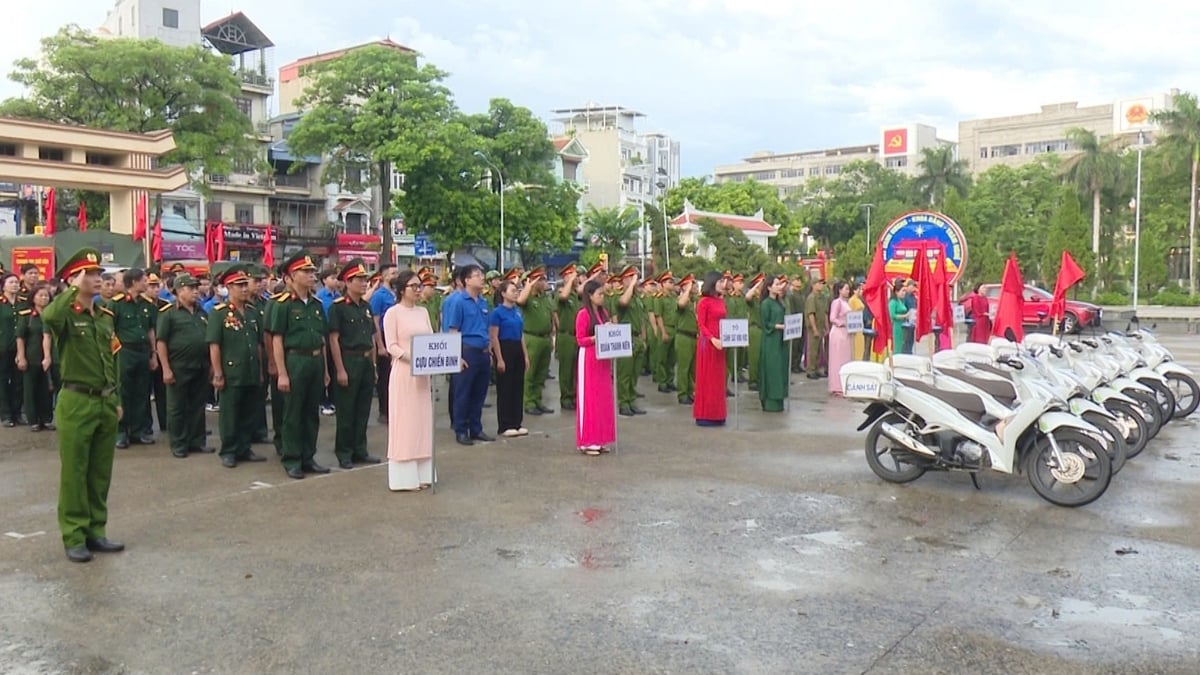


























































































Comment (0)